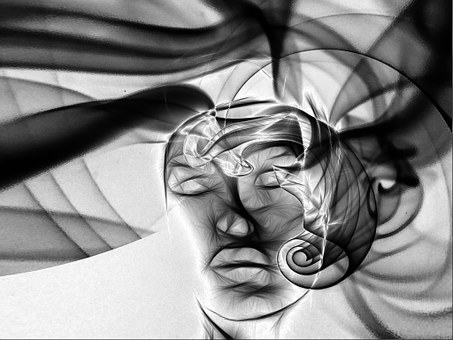
09 Oct Transforming Negativity Bias into Positivity Bias
None of us are alone in our proneness to be negative. That’s certainly clear when we feel vulnerable or threatened.
There are so many areas of our life this can happen in. We’re afraid of loss, of bad things happening to us, to others we love, of natural disasters, of our bodies breaking down, that we’ll be alone, can’t make it, can’t figure it out, that we’ll be shamed, ridiculed…. Any others I’m not mentioning?
These kinds of threats come up sometimes without any big thing triggering them. Certainly, if we’ve got a history of trauma, small triggers become large rather quickly taking up a lot of physical, mental, and emotional space.
In some ways, this is due to our brain’s negativity bias. Our brains have been evolving for something like six million years. During that time humans had to make instantaneous decisions. Should I move toward this? Or is it a bad threat that I have to move away from?
To survive meant scrounging for food, reproducing, cooperating with others to protect against all kinds of threats which generally were urgent and immediate, often unrecoverable.
As a result our body reacts instantaneously to negative stimuli.
And, negative stimuli produces more brain activity than positive stimuli, creating more intensity. Negative stimuli is also perceived much more easily and rapidly in the brain than positive stimuli. We have an alarm bell in our brain, the amygdala that uses about 2/3rd of its neurons to scan for bad news. In other words, that part of our brain is primed for threat which quite quickly gets stored in memory.
Rick Hanson says our brain is “Velcro for negative experiences but Teflon for positive ones”. That’s a great way to remember it, isn’t it?
Researchers have found that all of us tend to learn faster from pain than pleasure, getting encoded, or imprinted in us ready to be mobilized at the least opportunity.
Healing means we have to be aware of how easily and quickly our brain is wired to make us afraid, constantly triggered, even just at a low level. It’s why in the midst of many good things that happen we focus on the one thing that hurts, gives us pain, threatens us.
We can change, We can shift this bias.
I call it developing a Positivity Bias.
Using the research of Ed Tronick and ancient yoga wisdom I’ve helped people transform their negativity bias toward finding a new orientation – a positivity bias.
- Signal: What sensations, feelings, thoughts act as signals drawing your attention?
- Withdraw from reactivity: Our tendency is to get caught up in the reactivity but what we really need is to disentangle ourselves from the reactivity, practicing any kind of grounding technique we can
- Turbulence will come up as we shift gears You need to become familiar with what kind of turbulence is habitual to you so you can notice it, and shift your focus to something more nourishing
- Self-compassion is essential to counteract the negativity bias
- Taking breaks might even include creative forms of dissociation to help down- regulate the stress
- Actively find new evidence for goodness in your life. Gather notes and images and memories to buffer the tendency to go down the old familiar path of your negativity bias.
- Practice gratitude and ways to nourish your heart and soul. Do this 20,000 times a day (yes, that's a bit hyperbolic, but it does make the point that we need so much support to shift the tendency.)
It’s learning to organize this jumbled mass of internal information that helps us live a more satisfactory life. This concrete rewiring is what the Becoming Safely Embodied Skills do.
As we create the structure inside us to organize our inner and outer worlds we find we need more – we need to shift into a Positivity Bias. It’s what we do, experientially, in live workshops.
Either way, it’s consistent practice that creates change helping us to become Velcro for positive experiences instead of the other way around.
Making room for your native goodness, supporting your instinct to connect and be related (what we call “prosocial”) is vital to your healing and living a fulfilling life, getting mirrored to who you really are, accepted for your entire range of experiences and presentations, is a fundamental aspect of all the courses I teach so that you cultivate the self-worth and confidence to participate in creating a world in which we all want to live.

